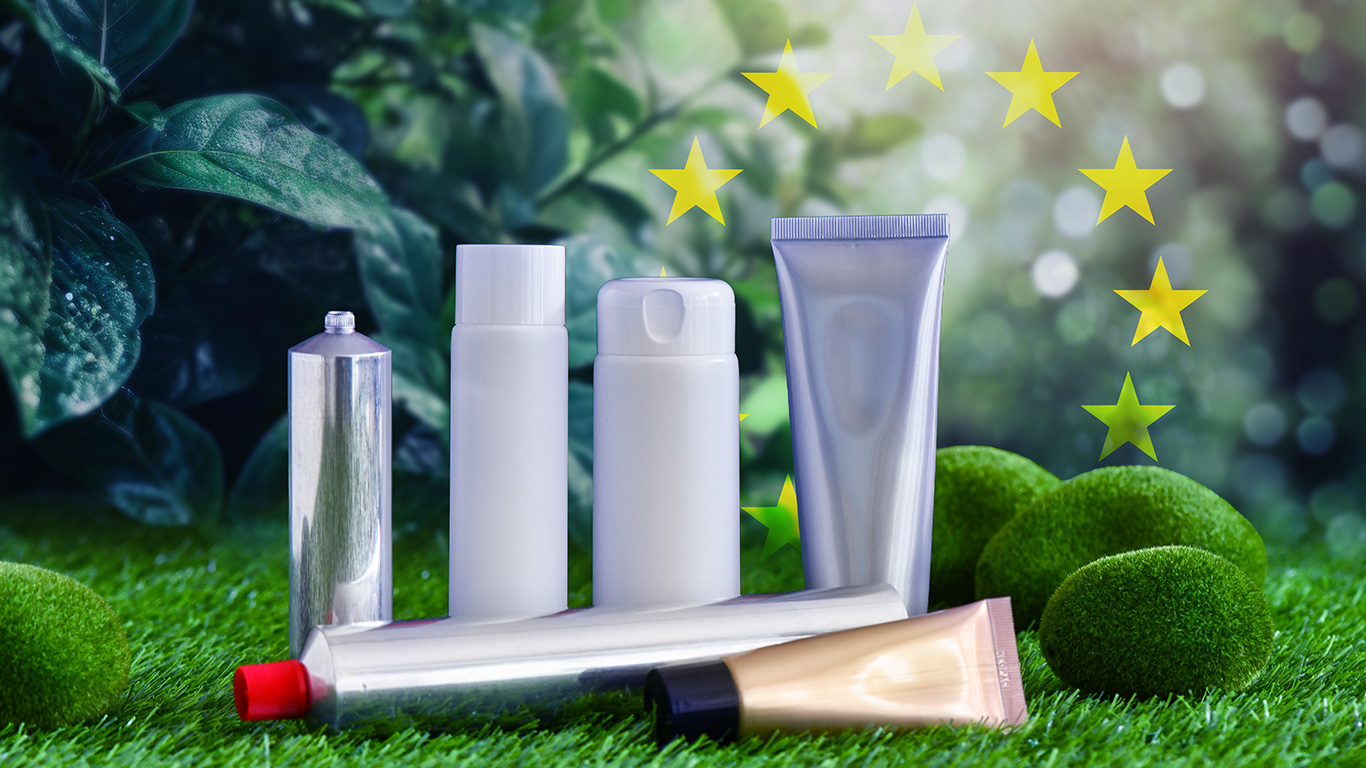Tubes in Transition
What the new EU-Packaging Regulation Means for Aluminium, Plastic and Laminate Tubes
The proposed Packaging and Packaging Waste Regulation (PPWR) is setting the stage for the most ambitious overhaul of packaging legislation in the EU to date. With clear targets for recyclability, quotes for recycled plastic content, and harmonised criteria across Member States, the regulation introduces new challenges – but also creates a unique opportunity to modernise and futureproof tube packaging formats.
Recyclability Performance Grades: A New Benchmark
One of the most significant changes introduced by the PPWR is the recyclability assessment system based on performance grades. According to Article 6, packaging must fulfill ambitious Design for Recycling (DfR) requirements, which will be detailed by the EU-Commission in a delegated act (expected by 2028).
Manufacturers will need to assess the recyclability of their packaging in line with this delegated act. From 1 January 2030 or 24 months after the adoption of the delegated act – whichever comes later – packaging will only be allowed on the EU market if it achieves a recyclability performance grade of A (≥ 95% recyclability), B (≥ 80% recyclability) or C (≥ 70% recyclability). From 1 January 2038, the threshold becomes stricter: only grades A and B will be permitted.
Aluminium tubes are well positioned in this context. With established recycling infrastructure and high material value, aluminium promises strong credentials under the proposed grading system. The challenge lies in ensuring that design elements – such as closures made of plastic – do not significantly reduce the overall recyclability. Close alignment with the harmonised design-for-recycling guidelines will be key.
For plastic and laminate tubes, innovation is already moving in the right direction. Developments in optimized barrier laminates and recyclable mono-material plastic tube formats are helping improve compatibility with state-of-the art recycling systems. New advancements in sorting technologies and breakthroughs in de-lamination technologies will be essential in bringing these formats closer to achieving high recyclability grades.
Recycled Plastic Content Requirements: Raising the Bar
Another key element of the PPWR is the mandatory use of recycled plastic from post-consumer plastic waste in manufacturing any plastic component of a unit packaging, where it represents more than 5% of the total weight of a given packaging. Starting from 1 January 2030, and increasing again in 2040, packaging that contains plastic will need to meet specific thresholds for recycled content – calculated as an average per manufacturing plant and year.
Contact-sensitive plastic packaging (non-PET) must contain at least 10% recycled content by 2030, and 25% by 2040. For packaging formats used in non-contact sensitive applications and are not beverage bottles, the targets are even higher: 35% by 2030, and 65% by 2040.
Meeting these targets – without compromising product safety, appearance or performance – will require technical solutions, EFSA authorisations of recycling processes for food contact materials made of polyolefins, stable access to high-quality post-consumer recyclate (PCR), and potentially the use of advanced chemical recycling methodologies.
The Road Ahead
The PPWR sets out a demanding framework. Tube packaging, whether aluminium, plastic, or laminate, will need to meet new design-for-recycling thresholds, integrate recycled content where applicable, and be fully supported by documentation along the value chain.
Rather than approaching the regulation as a limitation, the tube sector is already embracing it as a catalyst for smart design, material innovation, and circular performance. In doing so, tubes will continue to deliver functionality and sustainability – side by side.
